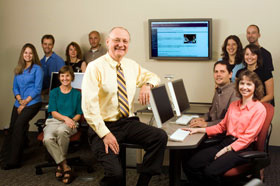 Capital Community College nurse educator Bonnie Edelen earned not just a doctoral degree from the University of Connecticut, but an Excellence in Nursing Research Award from the Connecticut Nursing Research Alliance.
Capital Community College nurse educator Bonnie Edelen earned not just a doctoral degree from the University of Connecticut, but an Excellence in Nursing Research Award from the Connecticut Nursing Research Alliance.
The award came from the study Edelen conducted in 2009 to write her dissertation, which showed how reflective journaling can help nursing students better retain information, as well as make better clinical decisions. It was a strategy Edelen learned as a student in UConn’s Neag School of Education Adult Learning program.
“I use the skills I learned at UConn every day,” said Edelen, “and I get really excited when I start talking about it. The critical thinking and reasoning skills I learned in the Adult Learning program, and am now able to pass on to the students I teach, have led to increased test scores and enhanced abilities.”
“Fellow teachers say that strategies like reflective journaling that I learned at UConn, and then passed on to them, have also changed the way they teach–and, more importantly, the way students learn. Test scores are higher, our nursing students practice medicine better, and the ultimate result of that is better patient care. That’s exciting!”
At any given time, approximately 30 graduate students–most of them full-time working professionals–are enrolled in Neag’s Adult Learning program.
Students can earn a graduate certificate, master’s degree or doctoral degree in the program, which provides both the proven principles and practical experience needed to more effectively create learning programs and teach other adult learners in their respective disciplines.
Approximately one-third of students are healthcare professionals like Edelen, who earned her doctorate in 2009. Each class, however, is made up of a diverse range of mid- to senior-level personnel from a variety of fields. A manufacturing executive may sit next to a human resources trainer, or a physician next to a technology specialist or agricultural educator.
Students attend classes at UConn’s Storrs campus, within the Neag School of Education’s Department of Educational Leadership, where they work together to learn the theories and best practices needed to:
- Critically assess the learning needs of individual adults, groups and organizations
- Design supportive learning environments and systems
- Effectively facilitate individual and group activities designed to optimize adult learning
- Evaluate learners’ successes and organizational outcomes
Doctoral students take studies a step further, conducting rigorous research and examining methodologies to both identify, and suggest corrective measures for, issues that impact adult learning–something Edelen did when she wrote “Measuring and Enhancing Clinical Decision-Making Ability Among Students in an Associate Degree Nursing Program”–the dissertation that led to both her doctorate and Excellence in Nursing Research Award.
In it, she shows how reflective journaling–the process of reflecting, in writing, on how new experiences relate to prior experiences and knowledge–helps clarify ideas and actions, and promotes changes in perspectives.
“Our students tend to be as diverse as our faculty, which makes our classes interesting and exciting,” said Sandy Bell, Ph.D., a Neag associate professor and section head of the Adult Learning program. “One of the principles of the program is that the knowledge students bring is just as important as the knowledge faculty have to share, so we stress the idea of respecting, and learning skills from, each other. Adult learning is different in that the classes are a bit more relaxed and customized to meet students’ needs, goals and interests. We encourage students to think about how everything they learn is relevant to their profession and the adult learners with whom they’re going to work.”
For Tim Speicher, Ph.D., an athletic trainer and faculty member at several Utah universities, that meant learning not just how to best engage adult students, but understanding why certain techniques and practices do and don’t work.
“The great, extra benefit was that I was also learning more about myself, and how the manner we’re taught impacts what we retain and remember,” said Speicher, a 2010 graduate who used the expertise he gained at the Neag School of Education to found the Positional Release Therapy Institute in Utah. There, he and five other clinicians provide hands on, manual physical therapy instruction to both fellow healthcare providers and the general public.
“One of the things I love about UConn’s Adult Learning program is that for the motivated student, there are no limits. You take the lessons you learn and apply them to your own goals. There’s also no real focus on grades, but instead a focus on making you the best researcher and educator you can be. I spent my time there surrounded by exceptional mentors, scholars and peers.”
To accommodate work schedules, classes take place evenings. Topics range from “Influences on Adult Learning” and “The Brain, Experience, and Adult Learning” to “Strategic Applications of Adult Learning Principles.” Some students have regularly scheduled class meetings; others center on small group research or consulting projects, and may include online learning formats as well. Graduate certificate students take 12 credits; master’s students 24-30 credits; and doctoral students 54-57, including a minimum of nine research credits and 15 to research and write their dissertation. All must maintain a minimum B average.
“As a field of study, adult learning is unique in that it offers opportunities to develop knowledge, skills, and values that you can apply to any other academic discipline, profession, or career,” said Bell, who’s recognized as a pioneer in applying adult learning principles to improve agriculture and conservation practices. At its most basic level, it’s a program that teaches the teacher. But instead of just teaching what certain strategies work, we teach why certain strategies work.”
Healthcare professionals can especially benefit, Bell said. Graduates find that the critical thinking and inquiry skills they learn in the program help them make better clinical decisions as caregivers. They conduct more effective research and professional development opportunities, such as those related to occupational health and wellness; and are able to develop effective educational programs for both students in health care professions and large health care institutions.
“Students learn best practices,” said Bell, “and every student brings something unique and different to the program, which only makes the experience richer. Some are new graduate students, others have many years of experience. But their goals are the same: to become the best facilitators possible for adult learners.”
For more information about the program, visit http://edlr.education.uconn.edu/.
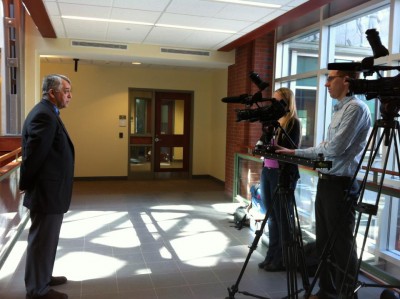
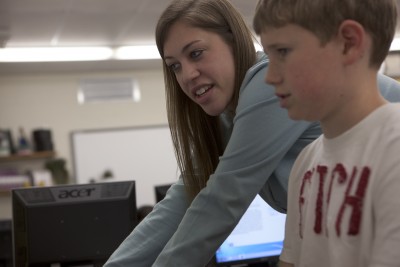 As members of the Neag Alumni Society, the Neag Alumni Society’s main focus is working with the dean and the faculty to advocate for the Neag School of Education and to help advance the School’s core mission. Our other focus is to support the students in the Neag School. The most obvious way is through the offering of financial support in the form of scholarships.
As members of the Neag Alumni Society, the Neag Alumni Society’s main focus is working with the dean and the faculty to advocate for the Neag School of Education and to help advance the School’s core mission. Our other focus is to support the students in the Neag School. The most obvious way is through the offering of financial support in the form of scholarships.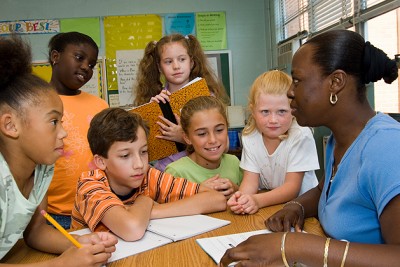 When Gov. Dannel P. Malloy signed into law this week a landmark piece of education reform legislation, it marked, among other things, the growing role of the University of Connecticutʼs
When Gov. Dannel P. Malloy signed into law this week a landmark piece of education reform legislation, it marked, among other things, the growing role of the University of Connecticutʼs  Capital Community College nurse educator Bonnie Edelen earned not just a doctoral degree from the University of Connecticut, but an Excellence in Nursing Research Award from the Connecticut Nursing Research Alliance.
Capital Community College nurse educator Bonnie Edelen earned not just a doctoral degree from the University of Connecticut, but an Excellence in Nursing Research Award from the Connecticut Nursing Research Alliance. According to an initial sample of seven states, the existing standards for teaching writing vary widely in comparison to a new set of common standards that are in the process of being implemented by most states.
According to an initial sample of seven states, the existing standards for teaching writing vary widely in comparison to a new set of common standards that are in the process of being implemented by most states.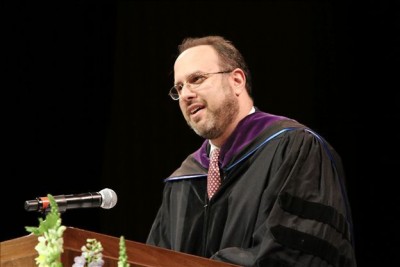
 The majority of the brightest and best students at the
The majority of the brightest and best students at the  Most people only think about drinking water when they are thirsty. But by then, it may already be too late.
Most people only think about drinking water when they are thirsty. But by then, it may already be too late.